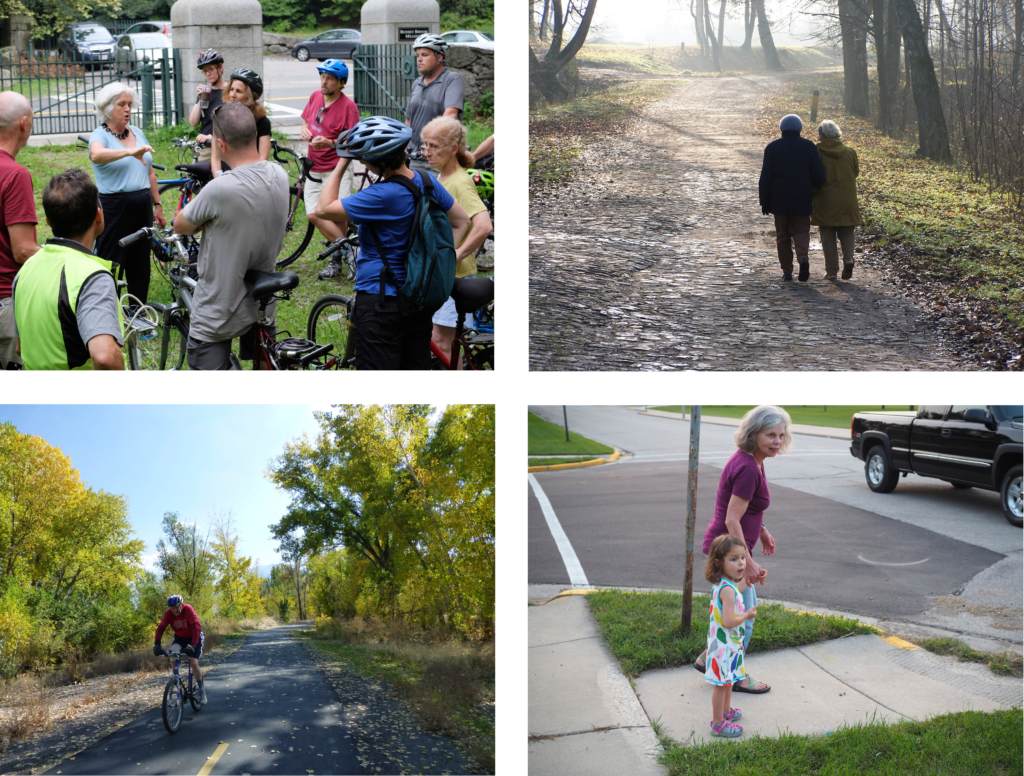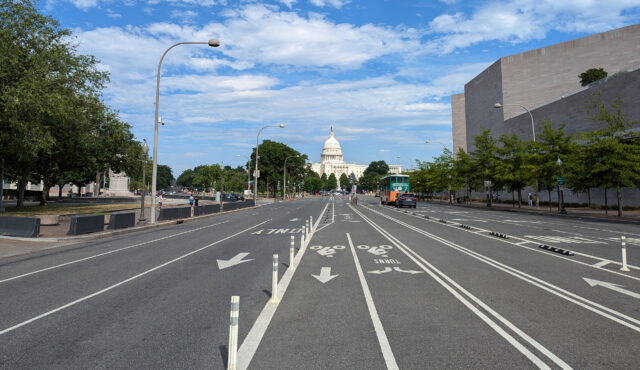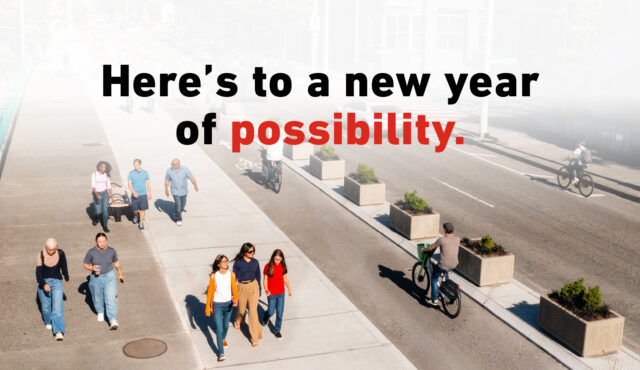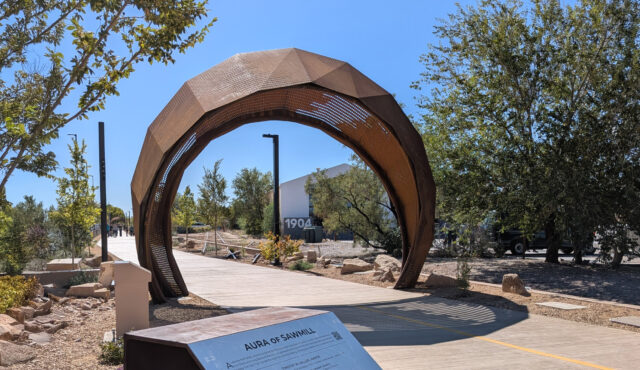
When I turned 60, I began to consider what my professional and personal life would look like during the next 30+ years. Both my parents lived into their 90s, but their mobility and quality of life declined at a startling pace. I wondered what I could do to avoid a similar decline.
I’m now closer to 70 and remain active and engaged. As a planner, I bristle at the words and images members of my profession use for my age cohort. Read through a standard planning document and you’ll get a picture that paints people my age as old and feeble rather than what many of us actually are: hale and hearty.
How did we get here?
If we take a step back, it’s not surprising that these stereotypes exist. They have been reinforced for many years, through many channels. Consider the following:
- AARP membership begins at 50. Remember that the R stands for Retired, although we know many older adults continue working for decades past age 50.
- The U.S. Census considers old age to begin at 65, grouping all of us into a single category called 65+ or sometimes “the elderly.”
- In many of their plans and resources, federal agencies combine aging and disabilities despite the fact that they are simply not one and the same.
 We routinely indicate someone is an older adult by showing them with a cane or walker. For example, a common icon used in demographic breakouts for people over 65 supports the stereotype that all older adults need help walking.
We routinely indicate someone is an older adult by showing them with a cane or walker. For example, a common icon used in demographic breakouts for people over 65 supports the stereotype that all older adults need help walking.
I won’t bore you with the long list of words that are often used for older adults in popular culture. Instead, just consider the ones we tend to use in the transportation profession: “the elderly,” “senior citizens,” or “seniors and people with disabilities.” Ultimately, these words—especially when coupled with photos or icons—result in a trope that older adults are inactive and feeble. This stereotype can lead to transportation professionals dismissing us.
As demographics change, getting this right will be even more important
Raise your hand if you are 50 or older. Keep it raised if you are at least 55, which means that along with 20% of the U.S population, you’ll be at least 65 in 2030. In fact, 10,000 baby boomers reach 65 each day. And while still small, the number of people turning 85 has the fastest growth rate of all. Older adults are a significant portion of the community and economy, and they need transportation systems that serve them as they age.
As people reach benchmark ages such as 55, 60, and 65, some retire; some continue to work. The Population Reference Bureau estimates that by 2026, 26% of men and 18% of women over age 65 will still be working. Many maintain active lifestyles for 15 or 20 years through work and travel. As an industry, we won’t be serving the mobility needs of older adults if we continue to fall back on outdated assumptions. Both personally and professionally, we need to do more to account for the array of mobility needs and wants that older adults bring to the table.
Start by using more accurate images and language
Begin by considering what our images and words are implying, and ask whether the message we’re sending is ethical, empathetic, or equitable (see below for a little more on this).

Use graphics and photos of older adults that are more representative of a real range of ages and abilities. For example, instead of using photos that only show older adults being sedentary, show photos with people of different ages engaging with their neighborhood in various ways, such as the photos to the right.
Also, develop the habit of using the term “older adults” instead of “seniors” or “the elderly.” “Older adults” is neutral and is parallel with terms we use for other stages in life, such as “young adult” or “middle aged people.”
Another term to avoid is “seniors and people with disabilities.” Lumping these two together assumes that people who fit into both categories are exactly the same. There are ways to be more accurate (and respectful).
For example, instead of “Seniors and people with disabilities have a slower walking speed,” consider “People with a slower walking rate, which can include young children, some older adults, and some people with disabilities…”
This makes our job a bit tougher, but it’s worth it
We’ll need to be more discerning in our work. But at the same time, it may lead us to new avenues for community engagement and a fresh approach to planning active transportation infrastructure and programs.
Last year, Toole Design launched the New Es of transportation, a way of approaching our work with the values of equity, empathy, and ethics as the foundation. With those in mind, ask yourself the following questions:
As a matter of Equity, do I engage older adults as actively as other groups? Do I recognize that older adults range from those who are active to those who cannot be active. Do I engage with them based on their ability and interest?
As a matter of Empathy, do I connect with the experiences of older adults? Do I fully understand and value their needs?
As a matter of Ethics, do I:
- Use words and images that respect the dignity of older adults and position them as having a range of vitality and abilities?
- Refer to older men as just that: “an older man” or “a man between 80 and 85,” which is different from the loving and colloquial nickname I may use for my grandfather?
- Work to change the built environment to fit their needs, rather than expect them to adapt to the built environment?
What’s next?
We all have experiences with older adults—they’re our parents, grandparents, and neighbors. We may think we know what it means to be an older adult or to be growing older, and it’s easy to believe our personal experiences are all we need to do our work. While our personal experiences are a good place to begin, our professional ethics compel us to raise our game.
When planning and designing for older adults, consider how you’d like to be treated at any stage of life: as a valued member of the community who is active, engaged, and worthy of true effort—not an afterthought.
At Toole Design, we have started asking ourselves these questions and are challenging assumptions and biases we bring to the table. I am excited to be leading our exploration of this area of our work, and I look forward to sharing the results as we go. Stay tuned for more discussion.


